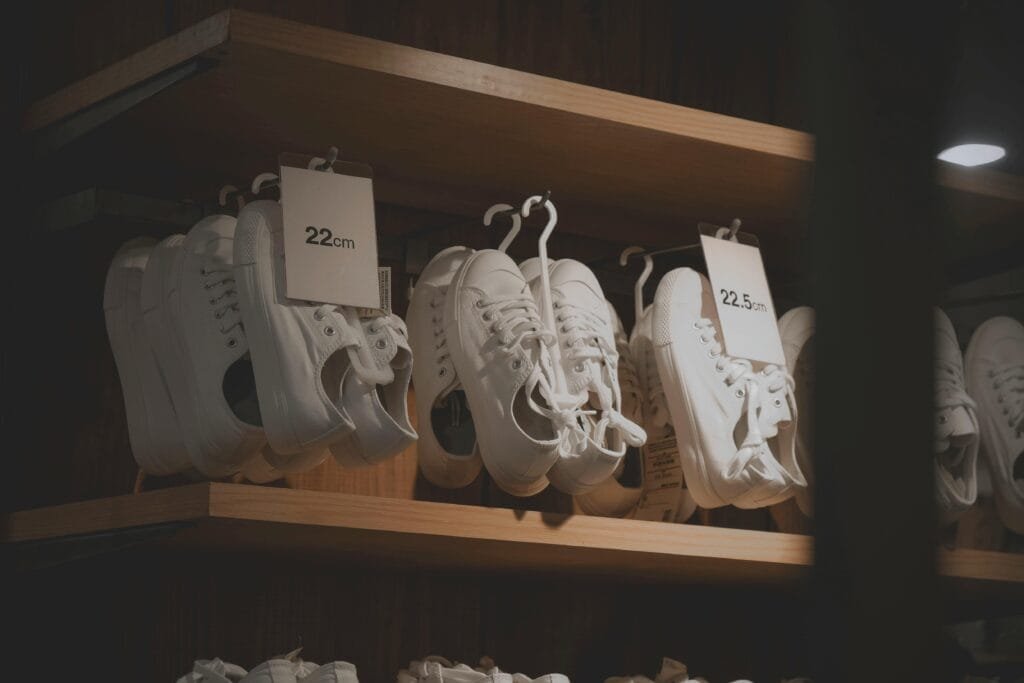Crafting Emails: Is ‘Safe Travels’ a Fitting Goodbye?
Crafting the perfect email is an art, fraught with decisions that can impact the reader’s perception. One common farewell that often pops up is “Safe travels.” But is it truly appropriate in all contexts? This question becomes particularly relevant as emails remain a primary medium for both personal and professional communication.

This image is property of images.pexels.com.
Table of Contents
Overview
In the vast landscape of email etiquette, selecting the appropriate closing can speak volumes. While “Safe travels” might seem courteous and considerate, understanding its appropriateness requires a deeper examination. This article delves into its historical usage, current trends, and varying perspectives to determine whether it’s a fitting farewell.
Thesis Statement
The use of “Safe travels” in email communications can be nuanced. This article investigates its appropriateness by examining historical context, analyzing current trends, providing case studies, comparing different viewpoints, and assessing potential impacts on recipients.
Is ‘Safe Travels’ a Fitting Goodbye?
Historical Context
Historically, expressions like “safe travels” date back centuries, rooted in the days of perilous journeys by foot, horse, or ship. This pre-modern alleviatory term offered comfort and care to voyagers embarking on often dangerous trips. In modern usage, the phrase began to emerge within personal conversations, later finding its way into written correspondence as travel became safer yet remained significant in public consciousness.
Current Trends
Today, the use of “Safe travels” in emails may reflect broader sociocultural trends. With globalization making physical mobility commonplace, this farewell might suggest a global perspective. Nevertheless, the word “safe” in the phrase resonates deeply in an era fraught with security concerns, climatic aberrations, and unprecedented global mobility disruptions. Consequently, it maintains its relevance while potentially gaining new dimensions of meaning.

This image is property of images.pexels.com.
Key Concepts and Definitions
Safe Travels
Safe travels is fundamentally a well-wish, implying concern for the recipient’s safety during their journey. It is casual yet carries an understated warmth that makes it suitable for informal contexts.
Email Etiquette
Email etiquette refers to the principles and guidelines that govern the best practices for digital correspondence. These practices include the tone, structure, content, and closing statements used within emails to ensure clear, courteous, and effective communication.
Breaking It Down
To ascertain the suitability of “Safe travels” as an email closing, one must consider both the content of the email and the nature of the relationship with the recipient.
Context Matters
Professional Setting: In a professional context, “Safe travels” may seem overly familiar unless there is an established rapport and the journey in question is known to be significant to the recipient. For example, an executive in a business negotiation might not appreciate the informality.
Personal Setting: In personal emails, “Safe travels” could come across as warm and caring, especially when the recipient is known to be traveling or planning a journey soon.
Tone and Casualness
Employing a light-hearted and casual tone such as “Safe travels” aligns well in personal or informal professional environments. Conversely, in more formal or hierarchical settings, a more neutral sign-off like “Best regards” or “Sincerely” might be more appropriate.

This image is property of images.pexels.com.
Example 1: Professional Scenario
Consider an email from a project manager to a senior executive before a business trip. Ending such an email with “Safe travels” might appear overly colloquial or intimate.
Example Email
Subject: Project Update
Dear Dr. Smith,
I would like to update you on the current status of Project Phoenix. The team has achieved significant milestones, and our projections align well with the outlined KPIs.
Regarding your upcoming trip to our London office, we will ensure all necessary arrangements are taken care of.
Safe travels, John Doe Project Manager
In this case, substituting “Safe travels” with “I wish you a successful trip” might serve a more professional tone.
Example 2: Personal Scenario
In contrast, a heartfelt email from a friend could be made warmer with “Safe travels.”
Example Email
Subject: Bon Voyage!
Hi Sara,
I’m so excited for your upcoming trip to Europe! I know you’ll have an amazing time exploring Paris and Rome.
Safe travels, Alice
Here, “Safe travels” fits perfectly, echoing the friendly and intimate nature of the message.

Comparing Different Points of View
To gauge the appropriateness of “Safe travels,” it helps to compare various perspectives and instances.
| Scenario | Professional Viewpoint | Personal Viewpoint |
|---|---|---|
| Corporate Email | Too informal | N/A |
| Email Among Colleagues | Acceptable if known well | N/A |
| Farewell Email to a Boss | Overly familiar | N/A |
| General Personal Email | N/A | Warm and caring |
| Email to a Traveling Friend | N/A | Perfectly suitable |
Impact Assessment
Positive Impact:
- Emotional Connection: Using “Safe travels” can enhance camaraderie and warmth, for instance, in an email between team members who frequently collaborate and share personal anecdotes.
- Attention to Detail: Acknowledging the recipient’s travel plans can project mindfulness and personal attention, particularly in informal communication.
Negative Impact:
- Perceived Informality: In rigid corporate hierarchies or with unfamiliar professional contacts, this phrase might detract from a formal tone.
- Potential Misinterpretation: If the recipient is not traveling imminently, the use could be confusing or perceived as presumptuous.

Future Directions and Implications
Predictions:
In the dynamic landscape of corporate and personal email communication, farewells will continue to evolve. One can anticipate a blend of formal and informal expressions, dictated by the nature of relationships and the increasing personalization of professional spaces due to global connectivity.
Implications:
The implications of how we sign off emails extend beyond mere words; they reflect on personal branding, perceived professionalism, and relational dynamics. As remote working trends accelerate, balancing formality with a touch of nostalgia or personal warmth—like “Safe travels”—could humanize professional communications.
Conclusion
In sum, the phrase “Safe travels” is a versatile yet context-dependent sign-off. Understanding its historical roots, potential impacts, and varying suitability in different scenarios can provide better insight into its use. While it may perfectly suit personal emails, its application in professional settings demands a notch of caution and context.
To summarize, careful consideration of the recipient’s context, your relationship with them, and overall email tone should guide whether “Safe travels” is an appropriate closing.
Ultimately, the right conclusion for each email may vary; weighing the nuances of the situation remains paramount. What are your thoughts on the perfect email sign-off?
For more tips on refining email communication, explore additional articles on our site.
